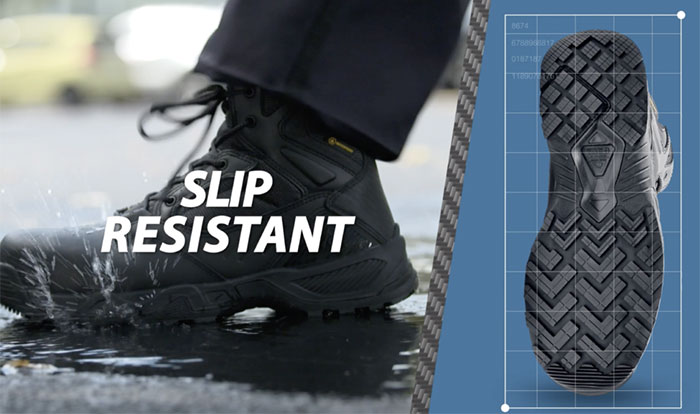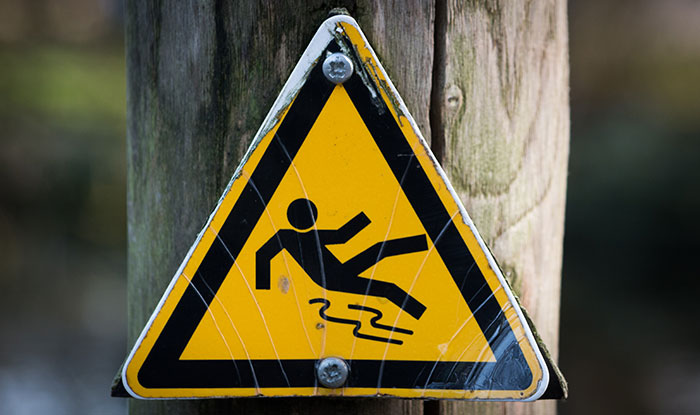Identifying Workplace Safety Hazards for Accident Prevention
Workplace accidents almost always occur unexpectedly – and unidentified safety hazards and a lack of preparation are usually the culprit. While some hazards are simple to spot others are easily overlooked. Because it’s nearly impossible to prepare for a hazard you don’t know exists, the likelihood of an accident increases. In fact, 80% of occupational injuries are triggered by improper preventative measures. Essentially, most accidents can be avoided by simply taking the necessary precautions.
Although the proper precautions vary based on factors including industry and facility, 3 key steps can be followed to promote workplace accident prevention: identify hazards, assess risks and control risks. For now, let’s dive into how to properly identify safety hazards and prevent accidents.
Be Attentive – Identify the Hazard
Workplace safety hazards aren’t always as simple to detect as heavy equipment or greasy floors. Sometimes, they appear as blind spots, raised work areas or other threats that aren’t immediately visible. You and your team must be attentive to the workspace and its surroundings to detect hazards and prevent accidents. This can be accomplished by tasks including:
- Conducting regular worksite inspections
- Completing a through site walkthrough
- Reviewing past incident reports
Simply put, being attentive to your workspace and having a consistent plan are key in identifying safety hazards.
Be Proactive – Report the Hazard
Accident prevention is all about making plans and preparations to avoid an incident. An effective accident prevention plan, such as a safety shoe program, requires teams to be proactive rather than reactive. Therefore, once a hazard has been identified, it should be reported immediately. This is because the longer a potential threat goes without being reported, the greater the chance of someone being harmed.
Every company should have a standard protocol for reporting safety hazards. Implementing a formal reporting procedure encourages employees to document details about the hazard and creates a sense of urgency.
Be Responsible – Eliminate the Hazard
The most important reason for identifying workplace safety hazards is to eliminate them before an accident occurs. While some potential threats can be removed rather quickly, others are more involved. Regardless, all hazards must be addressed and resolved to keep your team safe. The following accident prevention steps can be used to remove safety hazards:
- Isolate the hazard
- Post warning signs near all potentially dangerous areas
- Notify employees who may be directly impacted by the hazard
- Wear personal protective equipment
Workplace safety hazards present themselves in many ways. For that reason, some dangers often go unnoticed, creating opportunities for an accident to occur. Proactively identifying safety hazards helps you to avoid preventable accidents and eliminate risks.
Read Workplace Safety 101: Slips, Trips and Falls to learn more about workplace accidents and prevention.
Employees and Your Bottom line.
Don't Forget To Share This Post!

The Key to Slip-Resistant Safety Shoes
Not all slip-resistant shoes for workers are equal. Find out how genuine slip-resistant footwear carries a high Coefficient of Friction (COF) score.

Workplace Safety 101: Preventing Slips, Trips and Falls
Preventing slips, trips, and falls is Workplace Safety 101 and of the utmost importance. SFC Safety explains how everyone can ensure a safe work environment.

How to Create an Accident Incident Rate Benchmark
How does your company stack up to the national injury incident rate averages? Learn how to calculate accident ratios to benchmark new safety guidelines.